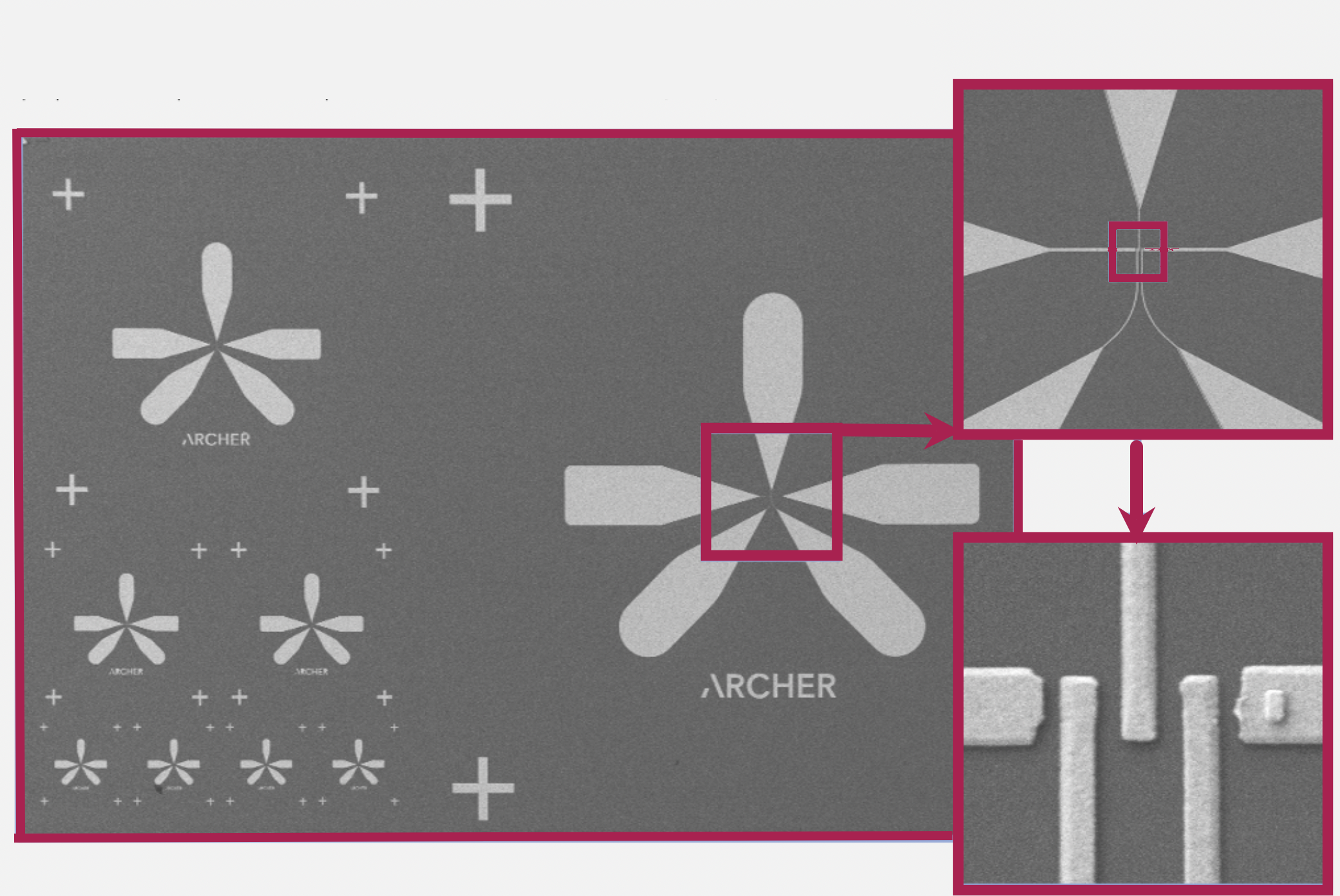Archer Materials’ 12CQ carbon-based semiconductor chips will drive the development of a quantum computing processor that can operate in our daily lives.
Archer Materials Limited is an ASX-listed company developing the next generation of semiconductors for an increasingly mobile and data-centric world. Its innovative technology utilizes carbon-based qubits rather than traditional silicon-based semiconductors for quantum

computing. One key benefit of this approach is that it removes the need for the extremely low temperatures required by silicon-based quantum computing.
In 2019, the company inaugurated its flagship 12CQ project focused on the development of a qubit created from ‘nano-onion’ carbon materials – spherical graphitic nanoparticles with an onion-like shell structure approximately 50nm in diameter. At their core, all quantum computers are comprised of quantum bits (qubits). Qubits are where the logic operations – program decisions based on multiple conditions (e.g., AND, OR, NOT) – are carried out. In Archer’s case, the qubit states are defined by the spin state of electrons that are delocalised over the volume of these highly disordered carbon spheres.
The quantum spin properties of nano-onion qubits create computer logic functions that are fundamentally different from the binary logic that defines the transistor hardware that we have used for the last 70 years. Quantum logic makes use of a peculiar quantum mechanical property called superposition in which a quantum object can simultaneously exist in more than one state. Superposition can be observed in the delocalized electron cloud of a nano-onion qubit, expanding the possible spin states of the delocalized electrons on the sphere: spin up (0), spin down (1), or spin that oscillates a little bit up and a little bit down at the same time (0 and 1). Quantum coding will facilitate a new type of computer hardware that can perform prohibitively difficult computational tasks very efficiently.
The aim of Archer’s revolutionary 12CQ chip technology is to develop this novel material into a viable qubit architecture that will allow for mobile quantum-enabled applications capable of operating at room temperature. Archer’s current experimental activities are focused on developing a fully functional single qubit device.
As a lab-less and fab-less semiconductor company, the company gains access to the required state-of-the-art infrastructure through collaboration agreements and facilities access agreements, most notably with ANFF. Archer’s prototype development relies on ANFF-NSW cleanroom and nanofabrication facilities at UNSW and the University of Sydney’s Research and Prototype Foundry. As Archer builds up in-house expertise with nanofabrication engineers, materials chemists and nanodevice physicists employed by the company, it also relies on the expertise of ANFF technical staff for certain tasks.
Innovative companies, such as Archer Materials, are playing an active role in establishing Australia as a world leader in quantum computing. Archer is translating the mind-bending concepts and theoretical potential of quantum mechanics into the hardware needed for quantum computing to become a reality. And Archer is going one step further by working towards hardware that operates at room temperature and easily integrates into existing modern electronic devices.
The computers that we use today were initially housed in huge rooms and used primarily by governments and large corporations like IBM. Similarly, the first quantum computers will run in the background of our lives, used by corporations to aid their efforts to develop more efficient drug discovery, ultra-secure internet and super-powered climate modelling. And just as we now all carry powerful computers in our pockets in the form of smartphones, Archer Materials’ ultimate goal is to develop qubit-based architecture that will one day enable quantum-powered mobile devices to integrate into our daily lives.
